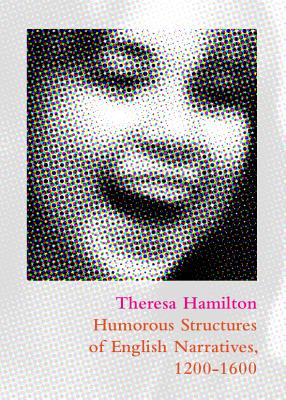You are here
Back to topHumorous Structures of English Narratives, 1200-1600 (Hardcover)
$101.94
Email or call for price.
Email or call for price.
Description
We all have the ability to recognize and create humour, but how exactly do we do it? Salvatore Attardo and Victor Raskin have attempted to explain the workings of humour with their General Theory of Verbal Humor (1991). The central aim of Hamilton's study is to test the usefulness of the General Theory of Verbal Humor on a specific corpus by identifying and interpreting the narrative structures that create humour. How well can this theory explain the way humour 'works' in a particular tale, and can it provide us with interesting, novel interpretations? The genres used to test the General Theory of Verbal Humor are the fabliau, the parody and the tragedy. This corpus represents different kinds and degrees of humour and thus challenges the theory on various levels. Hamilton proposes a supplementation of the General Theory of Verbal Humor in order to create an effective means of undertaking what she calls a 'humorist reading'. By posing the questions 'why is this humorous?', 'how is it humorous?' or 'why is it not humorous?' and providing the theoretical tools to answer them, a 'humorist reading' can make a valuable contribution to understanding any given literary text and its place in society.
About the Author
Theresa Hamilton studied Medieval English at the universities of Jena and Dublin. She completed her PhD project under the supervision of Professor Monika Fludernik at the University of Freiburg. She is the author of Der 'Mechanismus' des Humors (edited by Stefan Biessenecker and Christian Kuhn, 2012) and The Fabliau (edited by Monika Fludernik, forthcoming).

